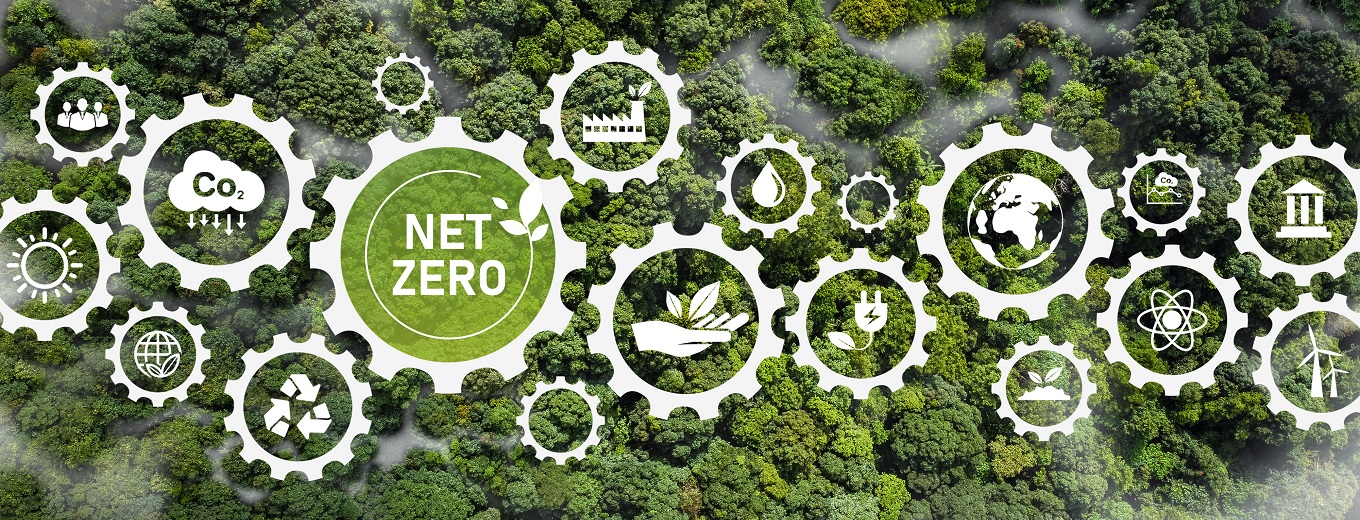What do we mean when we say Net Zero in the NHS?
While the term Net Zero Carbon may be used a lot in the media, and we're using it a lot across this website, not everyone may be clear on what it really means.
When it comes to NHS England's commitment to achieve Net Zero Carbon there are two different aspects to it:
The target commits us to achieving Net Zero Carbon for our direct emissions by 2040. Direct emissions are those that we can control such as energy use, travel and medical gases. Across Sussex we're already making great progress on this, with things like installing solar panels at our healthcare sites, and EV charge points to support decarbonising our travel.
We must achieve Net Zero Carbon for indirect emissions by 2045. Indirect emissions are those that we can't directly control within the NHS but must work in partnership with suppliers and others to reduce. For example this could be working with pharmaceutical companies to reduce the plastic in drugs packaging.

And what about Net Zero overall?
Net Zero itself means that we reduce the carbon we produce as far as practically possible, and then balance out the carbon we still produce by reducing it through other means. In practice, this looks like:
- Minimising resource use: reducing as far as possible the resources required in the first place. This might include embracing agile working and route planning for community nurses to reduce the need for travel, supporting patients to use inhalers more efficiently to cut pharmaceutical use and reduce waste, or insulating our buildings to reduce the need for heating and cooling.
- Switching to greener alternatives: where resources use is essential, we must reduce carbon intensity as far as possible. This might include choosing lower carbon pharmaceuticals, replacing our operational fleet with electric vehicles, or retrofitting our buildings to be 100% electrically powered – or Net Zero Carbon Ready (NZC-R).
- Offsetting: in due course and in line with any government or NHSEI guidance, we will consider the potential for offsetting any emissions that we cannot reduce in other ways, and with a focus on insetting projects that directly benefit our patient community. In the meantime we will look for informal insetting opportunities through projects which support our carbon reduction, patient care and health equality objectives in our local community. This might include for example, developing new green spaces for therapy and wellbeing programmes.
Our Green Plans set out how we will achieve this, you can read them here.

